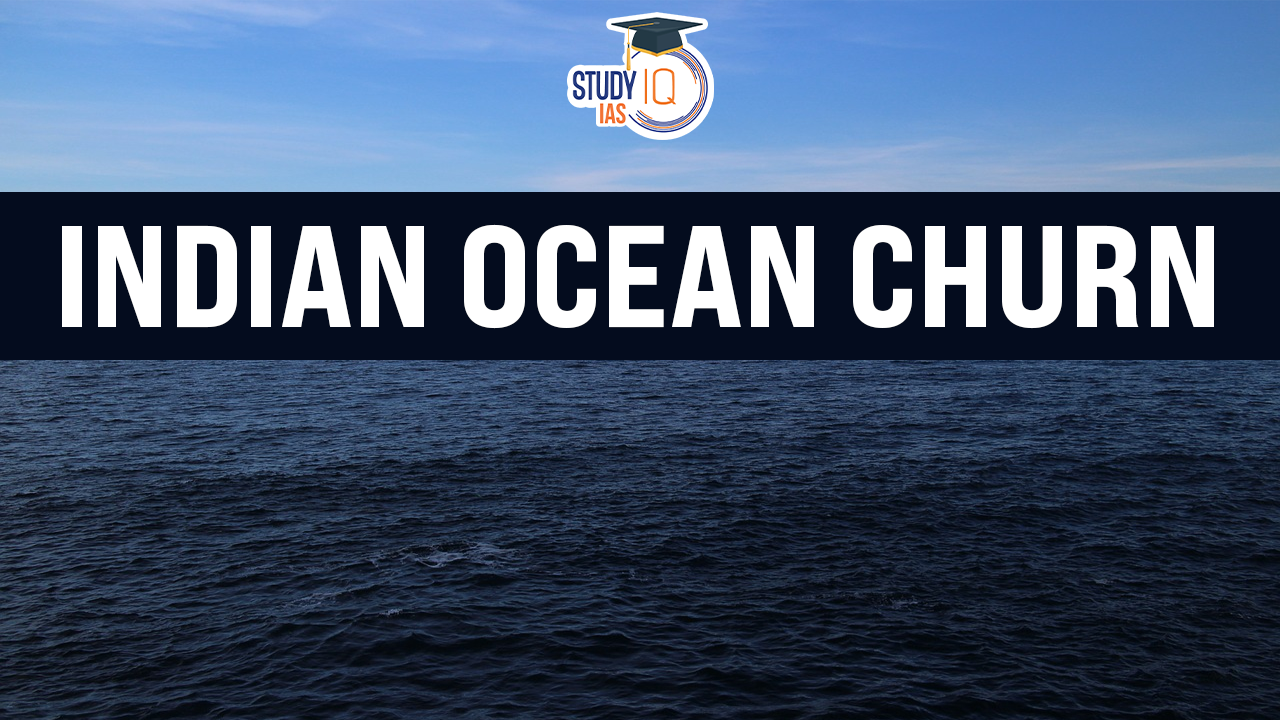Table of Contents
The recent agreement between the United Kingdom and Mauritius to transfer sovereignty over the Chagos Archipelago marks a significant shift in international relations and maritime geopolitics, particularly in the Indian Ocean region.
| Background |
|
Indian Ocean Region (IOR)
- The IOR encompasses a diverse array of littoral states surrounding the Indian Ocean, comprising distinct sub-regions including Australia, South East Asia, South Asia, Horn of Africa, and Southern and Eastern Africa. This diversity spans cultural, social, political, and economic aspects.
Key Factors Highlighting IOR’s Significance for India
- Trade Importance: Approximately 70% of India’s oil imports are channelled through the Indian Ocean region, utilising various ports.
- The vast majority of India’s international trade, around 90% by volume, heavily relies on maritime routes.
- Resource Dependence: India’s fishing and aquaculture sectors, integral to its economy, heavily rely on Indian Ocean resources.
- These industries not only contribute significantly to exports but also provide livelihoods for over 14 million individuals.
- Counterbalancing China’s Influence: China’s assertive and influential soft power diplomacy has played a pivotal role in reshaping the dynamics of the Indian Ocean region.
- China’s activities have transformed the regional environment, prompting attention and responses from various stakeholders, including India.
Challenges Associated with IOR
- Geopolitical competition: The Indian Ocean region is a hotspot for geopolitical competition among major powers and regional actors. This competition involves strategic interests, influence, and access to resources, leading to tensions and potential conflicts.
- Tensions have escalated between China and Japan, China and the US, and China and ASEAN nations in the South China Sea.
- Similar tensions are observed in the Mediterranean, Black Sea, and northern Atlantic regions.
- Adding to this, the increasing strain between Russia and the US is further impacting various seas across the globe.
- China’s militarization move: China has been a challenge to India’s interests and stability in the Indian Ocean. China has been increasing its military presence in the region, including building military bases and providing military assistance to India’s neighbours.
- For e.g. Strategic ports in the Indian Ocean region, such as the Hambantota port in Sri Lanka and the Kyaukpyu port in Myanmar, first overseas military base in Djibouti, military assistance to a number of India’s neighbours, including Pakistan, Sri Lanka, and Myanmar.
- Maritime security threats: The IOR is vulnerable to various maritime security threats, including piracy, smuggling, illegal fishing, and terrorism.
- Drug Production: The Indian Ocean Region contains infamous drug production areas known as the Golden Crescent and the Golden Triangle, contributing to global drug issues.
- Trans-National Networks: Networks formed by drug smugglers also facilitate other harmful activities like gunrunning and human trafficking, creating destabilising impacts.
- Piracy Increase: Incidents of piracy are on the rise off the coasts of countries like Bangladesh, Malaysia, and Indonesia.
- Maritime Monitoring Challenges: India faces challenges in monitoring maritime activities due to its extensive coastline, a thriving commercial community, around 200,000 fishing boats, and 4 million fishermen.
- Adversarial Exploitation: The vast maritime activity can be exploited by adversaries to launch attacks on land, as seen in events like the 26/11 terrorist acts.
- Illegal Fishing Concerns: A World Wildlife Fund report highlighted that 87% of surveyed fish stocks in the Western and Eastern Indian Ocean are exposed to high levels of illegal, unreported, and unregulated (IUU) fishing.
- Environmental challenges: The IOR is also facing a number of environmental challenges, including climate change, rising sea levels, coral reef degradation, and marine pollution
Way Forward
- Advancing Blue Economy Initiatives: The Indian Ocean Region (IOR) holds significant marine resources, making the blue economy a driver of sustainable economic growth.
- Initiatives should encompass promoting renewable energy generation from ocean sources, ensuring sustainable fisheries, advancing marine biotechnology, and nurturing eco-tourism.
- Collaborative Maritime Security: Given the IOR’s strategic significance, enhancing maritime security remains a top priority.
- By integrating state police agencies, their special access to fishermen and local communities can aid in gathering vital human intelligence.
- Focus should be on strengthening information-sharing mechanisms, employing technology for maritime domain awareness, conducting joint naval exercises and patrols, and collaborating against maritime threats like piracy, illegal fishing, and smuggling.
- Building Climate Change Resilience: The IOR is highly susceptible to climate change effects like rising sea levels, extreme weather events, and ocean acidification.
- Addressing these concerns involves implementing climate-resilient infrastructure, creating early warning systems, advocating sustainable coastal management practices, and fostering regional cooperation for climate adaptation and mitigation.


 Places in News for UPSC 2026 for Prelims...
Places in News for UPSC 2026 for Prelims...
 Lake Natron: Location, Features, Wildlif...
Lake Natron: Location, Features, Wildlif...
 Erra Matti Dibbalu Added to UNESCO Tenta...
Erra Matti Dibbalu Added to UNESCO Tenta...

























